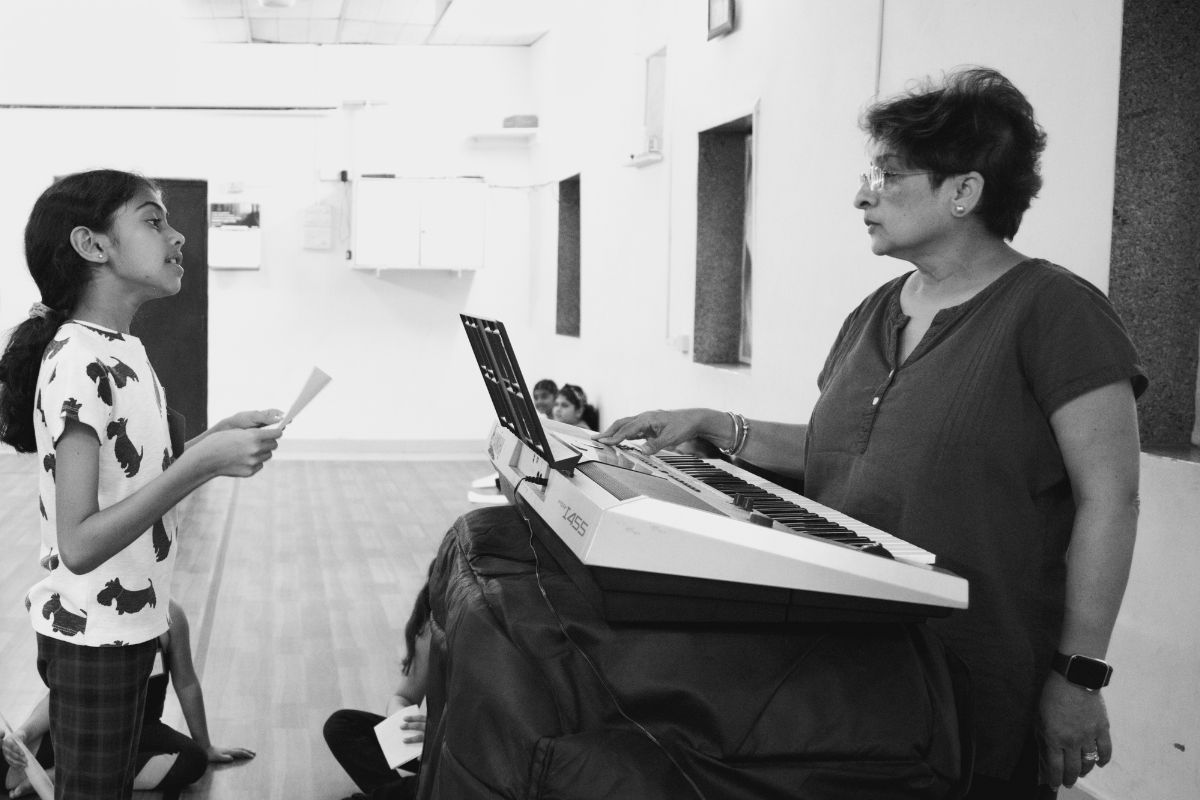Unleash Your Best Performance
In 1987, while pursuing my Bachelor of Music Degree in Vocal Performance at the University of Santo Tomas in Manila, Philippines, I had an unforgettable experience that taught me the power of technique. I was set to perform as a soloist for Vivaldi’s “Gloria,” but three hours before the performance, I developed a severe sneezing allergy and was completely congested. My teacher, the late Katherine Sternberg, met me and calmly advised, “Sing over the cold.” And that’s exactly what I did. Relying on my technique, I delivered a strong performance despite the circumstances.
This experience is just one of many where my training allowed me to overcome challenges and perform well. My teacher’s words not only calmed me down but also enabled me to carry on with the show.
Understanding Stage Presence
Stage presence is your ability to command the stage and captivate the audience through your demeanor, charisma, and confidence. But are you truly confident in your presence on stage? Do you have the charisma to connect with your audience and deliver an engaging performance? Many performers underestimate the importance of the energy they bring to the stage. This energy is crucial, as the audience feeds off your enthusiasm and excitement.

Key Elements of Stage Presence
Effective stage presence involves more than just confidence. It requires a combination of body language, voice control, and authenticity. Here are some essential factors to consider:
- Body Language: Stand tall, maintain eye contact with the audience, and use gestures that enhance your message. Avoid excessive gestures, as they can become distracting.
- Voice Projection: Ensure your voice reaches the last row in the theater. Practice speaking or singing clearly and audibly, adjusting your volume and tone to suit different parts of the performance.
- Audience Engagement: Engage with your audience through eye contact, questions, or interactive elements, if appropriate. For singers and actors, know your material completely, especially in a foreign language.
- Rehearsal: Focus on quality over quantity in your practice. Take breaks, stay hydrated, and warm up thoroughly before working on your repertoire. Know your material in detail and rehearse your performance extensively.
- Learning from Others: Beginners can observe skilled performers is essential. Attend live performances or watch recordings of artists known for their stage presence. In my early years, I was inspired by legends like Shirley Bassey, Whitney Houston, Michael Jackson, Maria Callas, Renée Fleming, and Plácido Domingo.
Over the past four decades, performing in international concert halls has taught me valuable lessons about stage presence. Here are a few tips I’ve gathered:
- Know Your Audience: Understanding your audience is key to developing a charismatic stage presence. The more you know about them, the better you can connect and draw them into your world on stage.
- Understand the Genre, Venue, and Emotions: Your audience is there to be entertained, so make sure you deliver on that promise. Tailor your performance to the genre and venue.
- Use the Entire Space: Keep the performance dynamic by moving around the stage. Standing still for the entire show can convey stiffness and nervousness.
- Energy Check: Never let the energy in the room die down, even during brief pauses or breaks. Your energy drives the show.
- Dress Appropriately: Your attire should match the tone of the performance. For classical music, I opt for conservative gowns, while for opera or Broadway pieces, I choose more vibrant outfits. Speakers should dress to match their audience, especially in corporate settings.
Mastering stage presence is an ongoing journey. With practice, awareness, and confidence, you can captivate any audience and leave a lasting impression.

